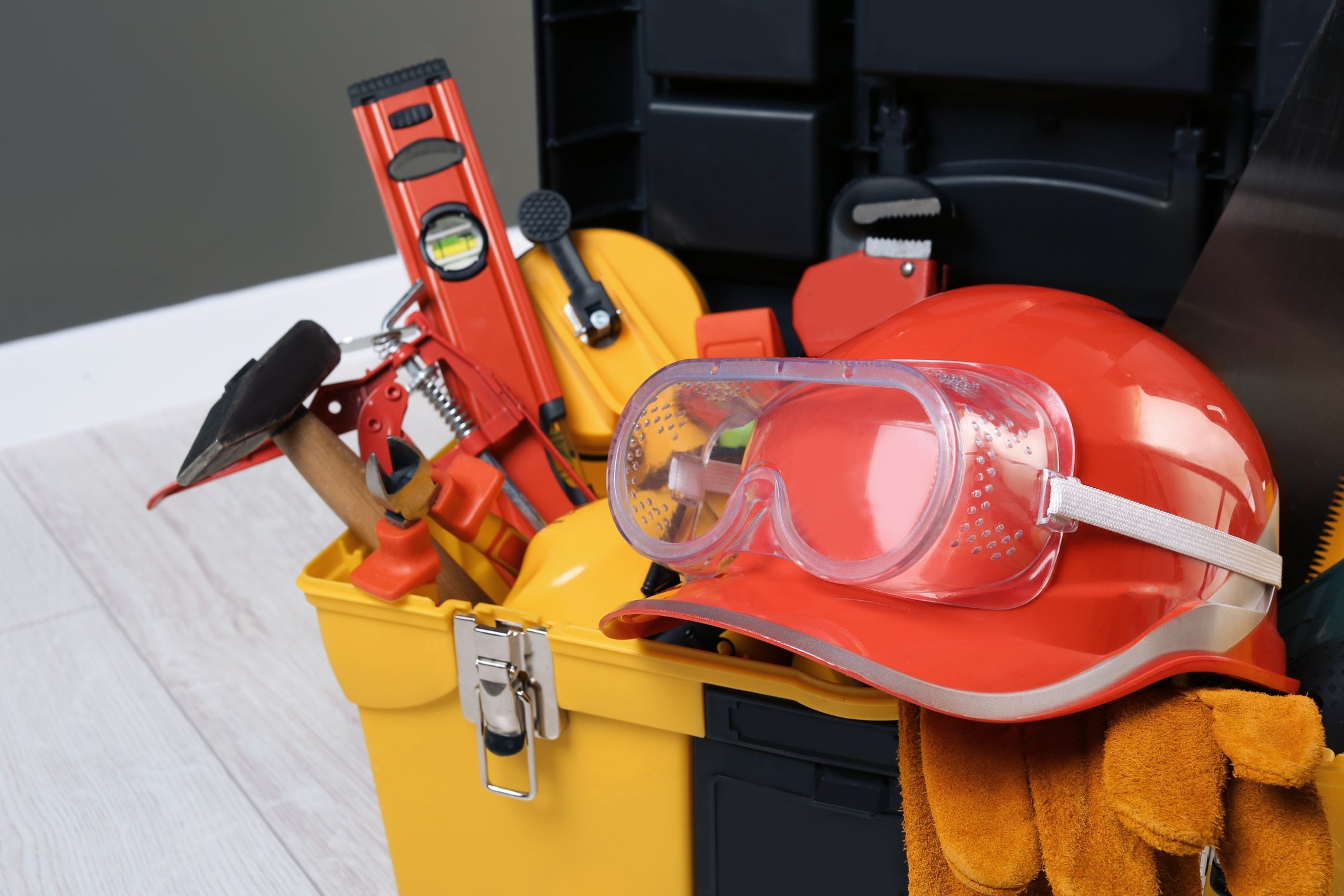Introduction: The Real Danger of Working in the Heat
For outdoor workers in construction, landscaping, and roadwork, the summer heat isn’t just exhausting — it’s life-threatening. With OSHA increasing inspections under its National Emphasis Program on heat hazards, building a comprehensive heat safety kit is more important than ever.
Whether you’re a site manager or a solo contractor, having the right tools on hand can protect your team and keep your operations compliant and productive.
Why You Need a Heat Safety Kit
Heat-related illnesses (HRI) like heat exhaustion and heat stroke can strike fast. The CDC reports thousands of workers are hospitalized each year due to heat exposure — and most of those incidents are preventable.
Having a dedicated heat safety kit:
- Ensures fast response in emergencies
- Demonstrates OSHA compliance
- Protects your team from serious health risks
- Keeps productivity high during extreme heat days
Essentials for Every Heat Safety Kit
1. Hydration Supplies
- Electrolyte replacement powders or drinks
- Reusable or single-use water bottles
- Portable coolers or insulated water dispensers
✅ Shop: Electrolyte Supplements | Hydration Backpacks
2. Cooling Gear
- Evaporative or phase-change cooling vests
- Cooling bandanas or neck wraps
- Cooling arm sleeves and skull caps
✅ Browse: Cooling Vests | Neck Wraps
3. Sun Protection PPE
- Wide-brim hard hat shades or sun hats
- UPF-rated arm sleeves and safety shirts
- Polarized safety glasses for glare reduction
✅ View: Sun Protection Gear
4. Rest Area Supplies
- Pop-up canopy or tent for shade
- Folding chairs or benches
- Portable misting fans or spray bottles
✅ Build a break zone: Shade Canopies
5. Emergency Medical Supplies
- Instant cold packs
- Heat illness guide poster
- First aid kit with CPR mask and burn gel
- OSHA Heat Stress “Toolbox Talk” flyers
✅ Add-ons: Toolbox Talks & Posters
Bonus Items to Consider
- Cooling towels for vehicle dashboards
- Temperature/humidity monitor
- Clipboards with heat safety checklists
- Whistles or radios for emergency communication
Customizing for Construction, Landscaping, or Road Work
Construction Sites
- Often lack natural shade
- Need structured rest break rotation schedules
- Require additional hydration support for physically demanding tasks
Landscaping Crews
- Work near heat-reflective surfaces like asphalt
- Need UV and insect protection
- Ideal for lightweight, moisture-wicking uniforms
Road Crews
- Face both sun exposure and vehicle exhaust
- Must prioritize high-visibility and reflective gear
- Should station shade zones away from moving traffic
Building a Kit: Pre-Assembled vs. DIY
Benefits of Pre-Assembled Kits
- Saves time
- OSHA-ready and professionally curated
- Great for medium to large crews
Benefits of DIY Kits
- Tailored for specific jobsite needs
- Flexible pricing
- Easy to expand or modify
Compliance Tips: OSHA & Heat Safety
Even without a specific heat standard, OSHA’s General Duty Clause requires employers to address known hazards like extreme heat.
Here’s how your heat kit helps:
- Documents your preventative measures
- Provides visual proof during inspections
- Helps with on-site training and emergency drills
Conclusion: Don’t Let Heat Catch You Off Guard
Extreme heat is becoming a routine part of summer work life. The best way to stay safe? Be prepared.
A properly equipped heat safety kit can make the difference between a safe jobsite and a medical emergency. Start building yours today with help from eSafety Supplies.

